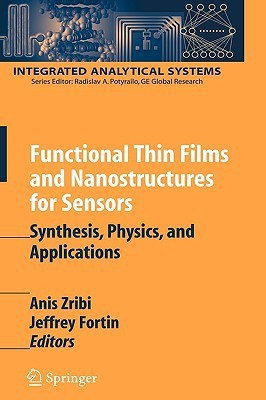Functional Thin Films and Nanostructures for Sensors(English, Hardcover, unknown)
Quick Overview
Product Price Comparison
In recent years, there has been a convergence of fundamental materials science and materials processing methods. This convergence, although highly interdisciplinary in nature, has been brought about by technologies such as bandgap engineering and related techniques that have led to application-specific devices such as lab-on- chip and system-on-a-chip. The demand for reduced device size, device portability, and low power dissipation coupled with high speed of operation continues to dictate terms and conditions for the evolution of nanotechnology. The present trend in approaches to systems manufacturing continues to focus on integration of mul- functionalities on the same chip. These functionalities include, for example, - board laser sources, sensors, and amplifiers. Both the military and civilian markets continue to drive the research and development component. In recent years, the emergency preparedness guidance systems have added excitement and curiosity to this expanding industry. The outgrowth of technologies of interest for emergency preparedness includes the development of terahertz sources and detectors and s- tems for detection of explosives and concealed weapons, among others. Sensors made from bulk materials have been around for a long time. Enormous advances in the processing technologies of thin films have led to the ability to manufacture application-specific functional thin films.


